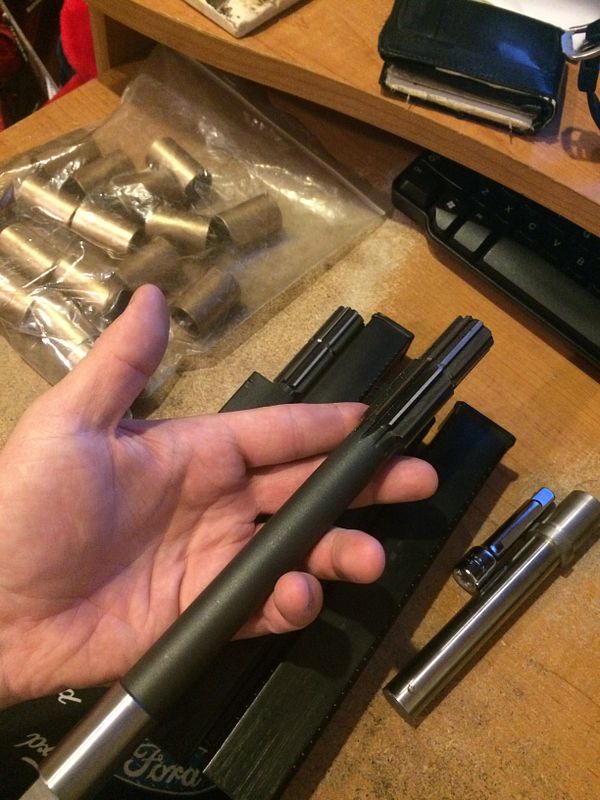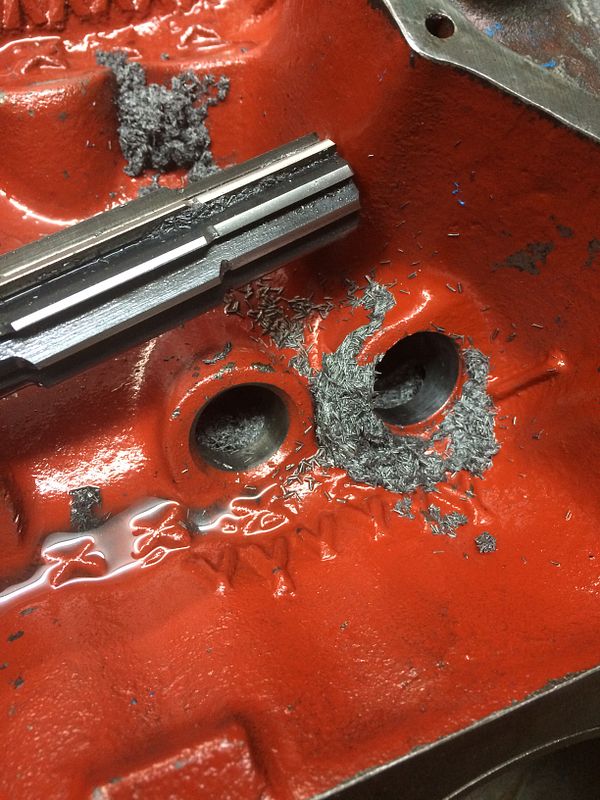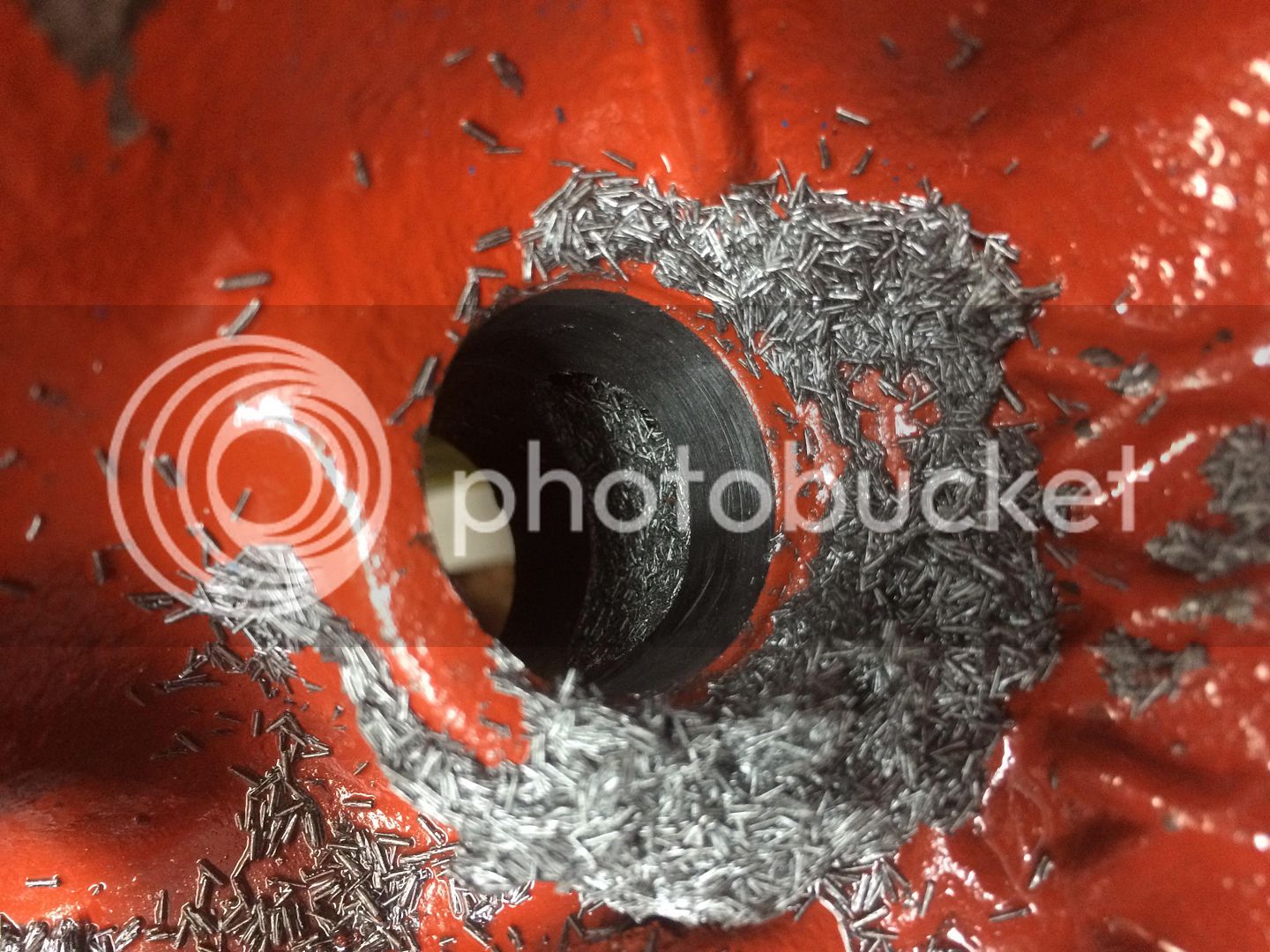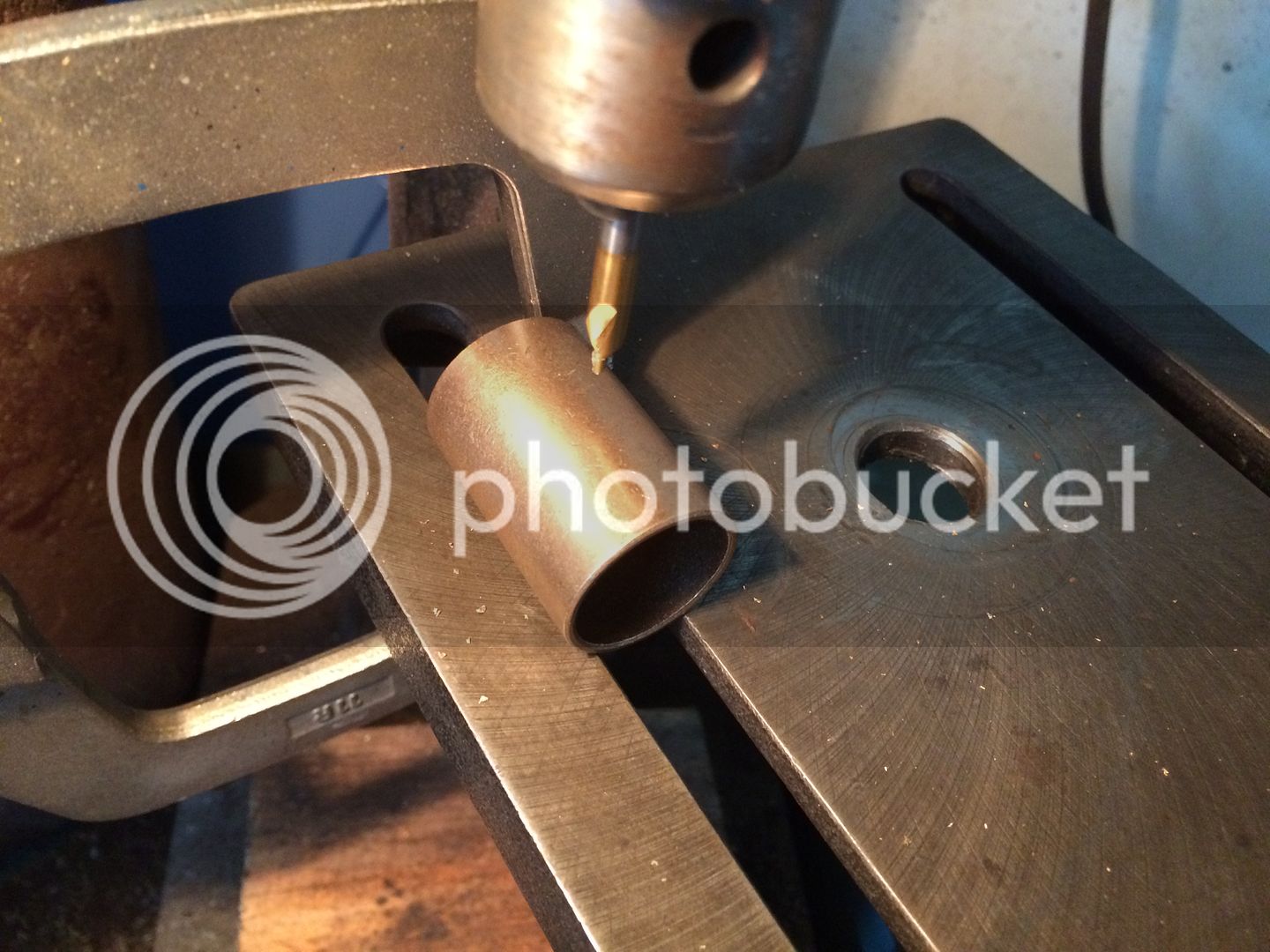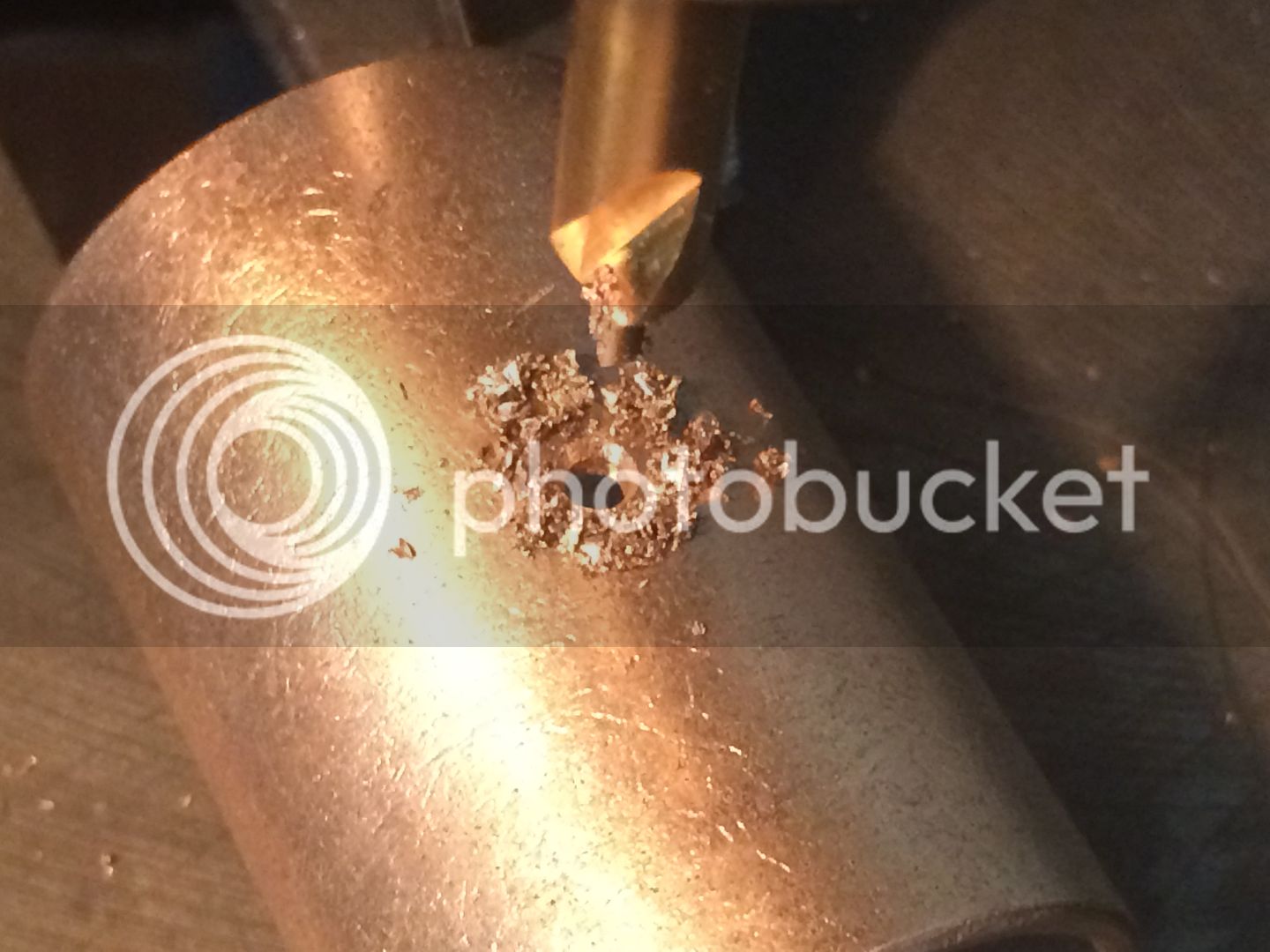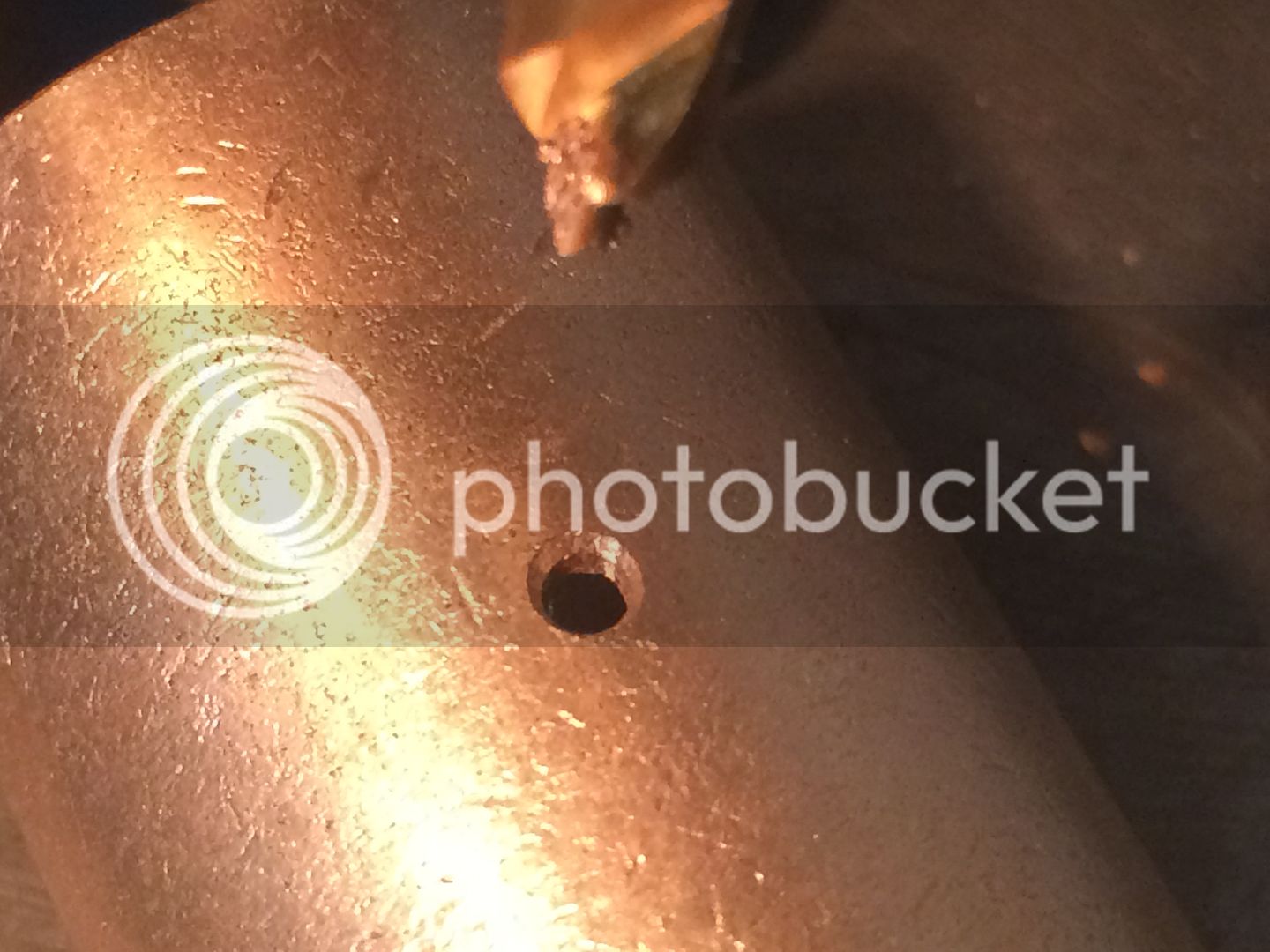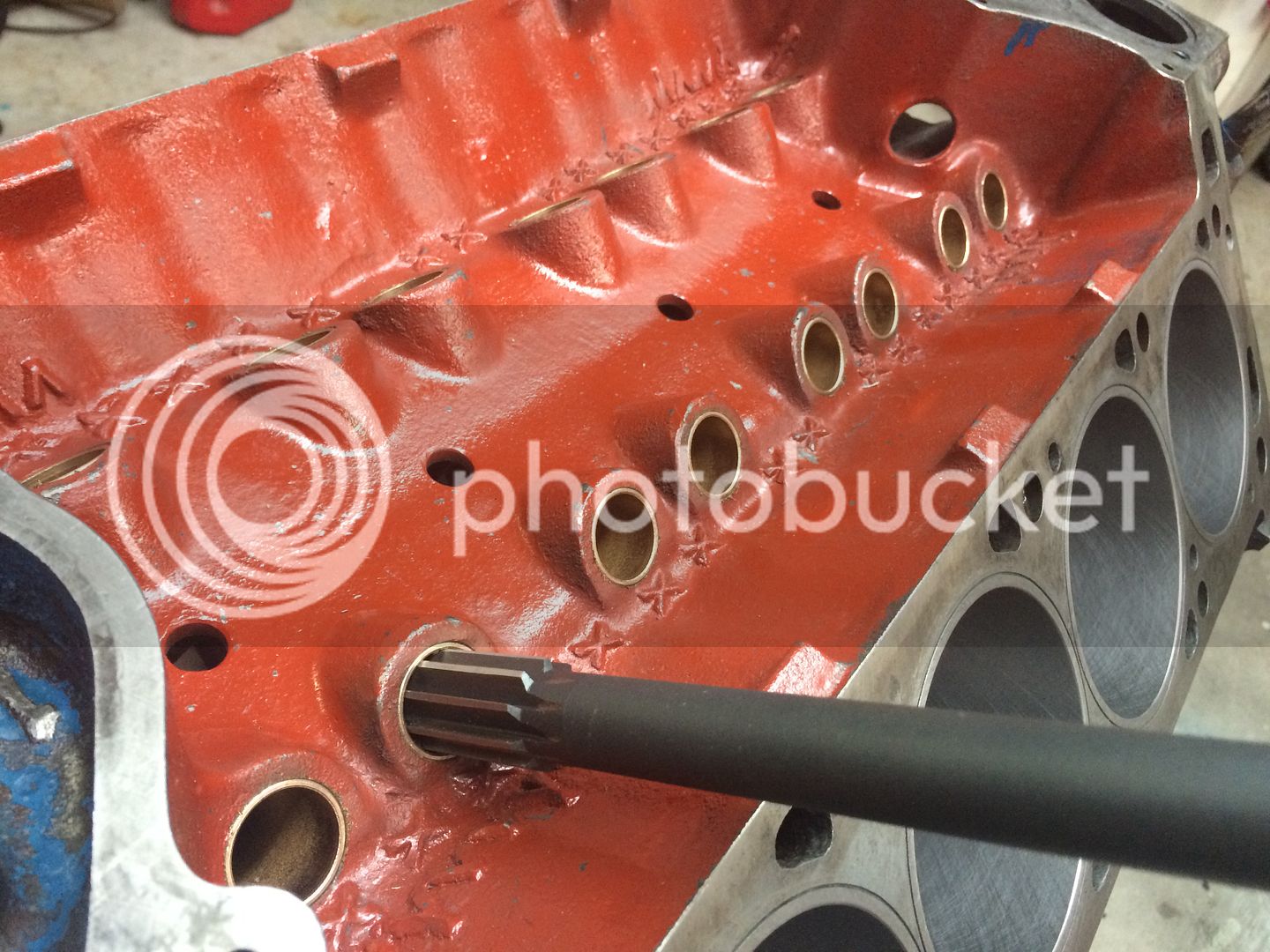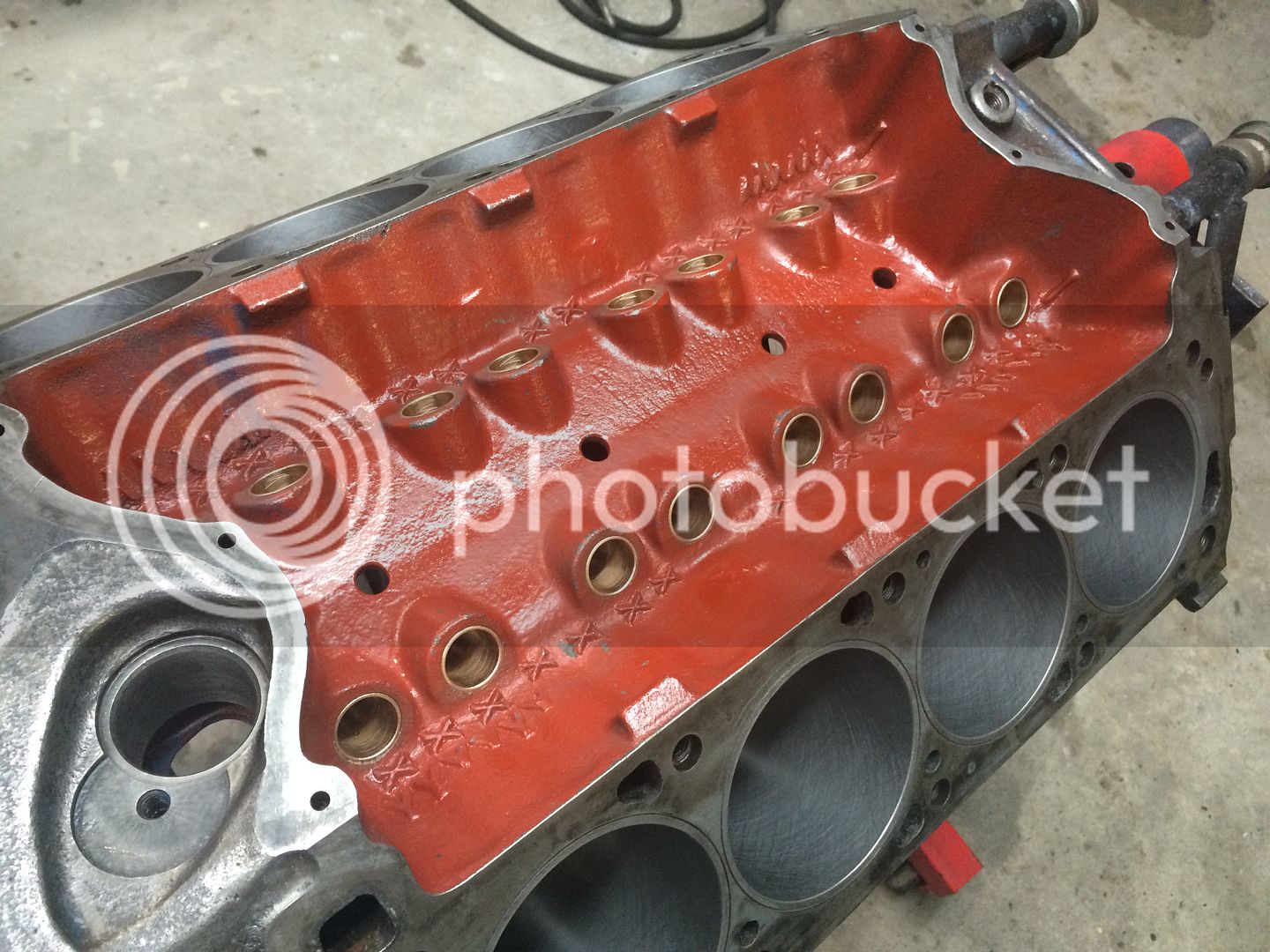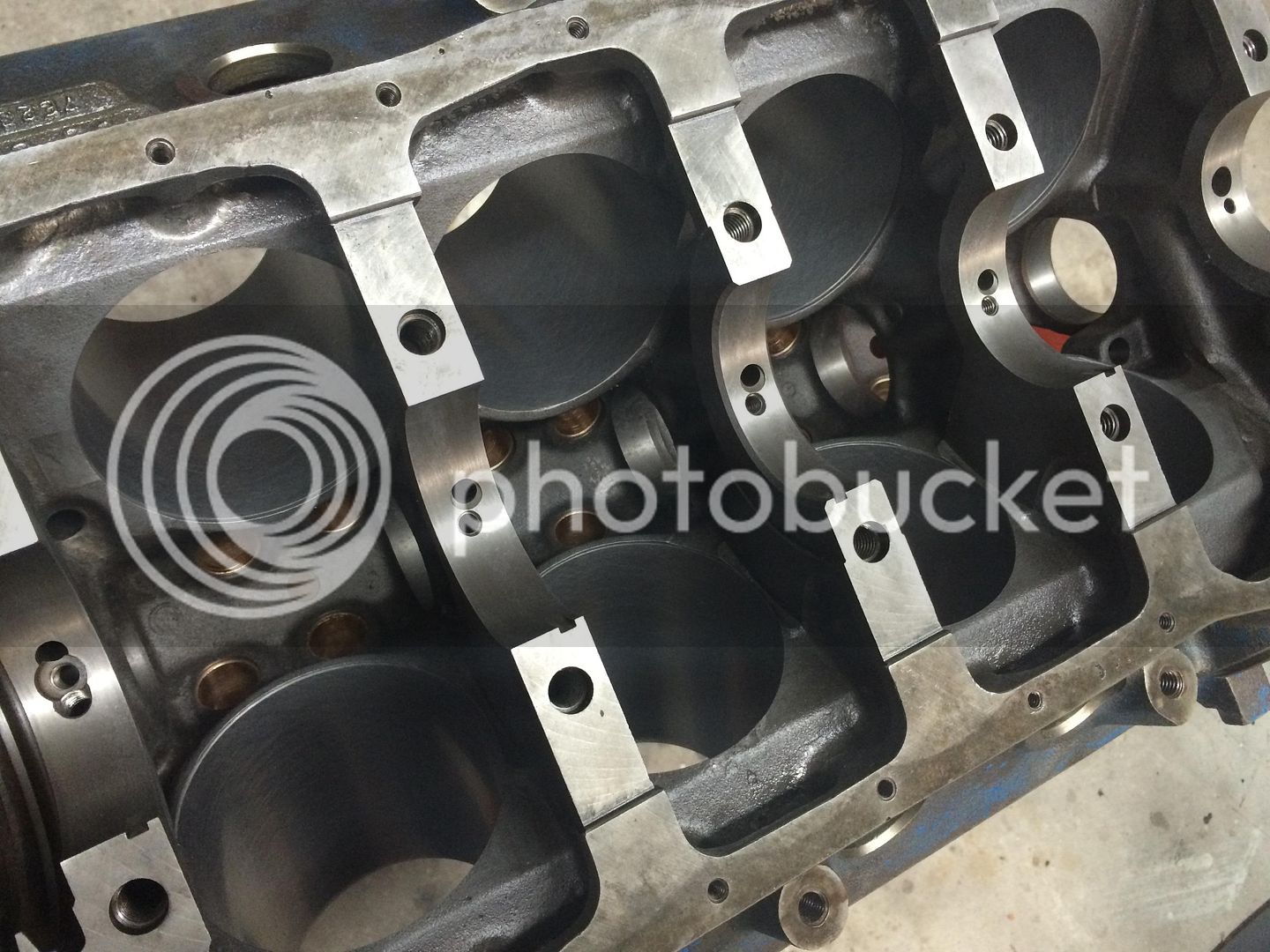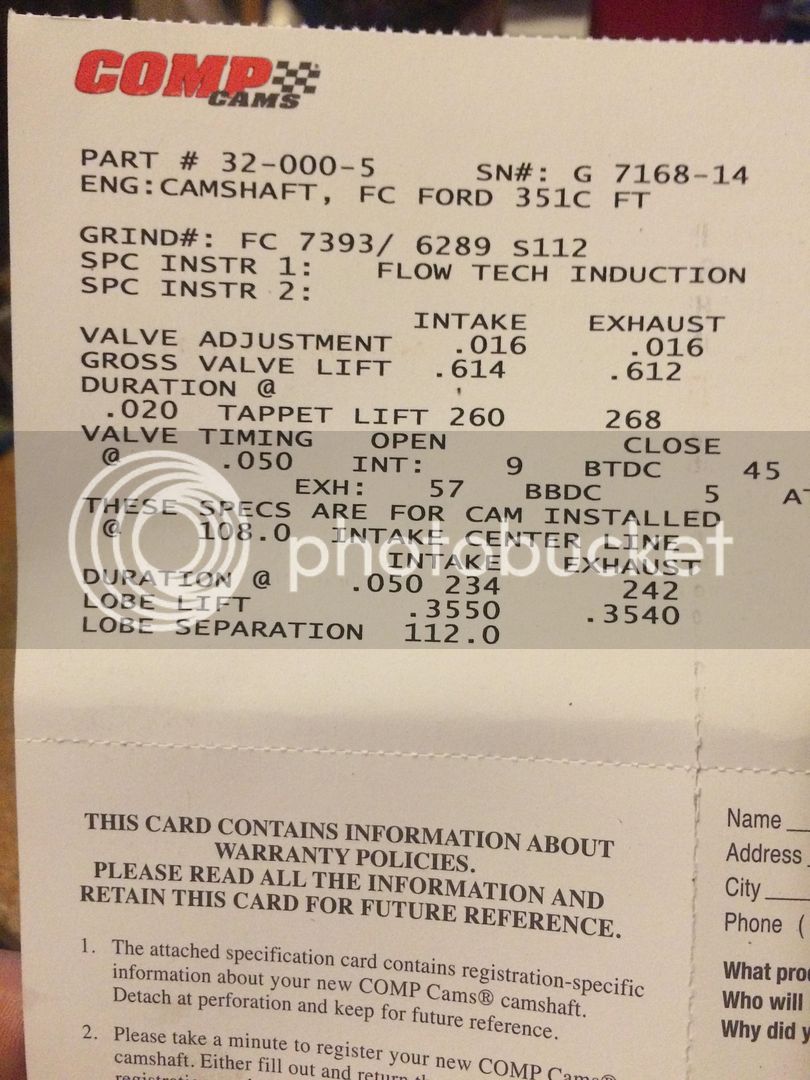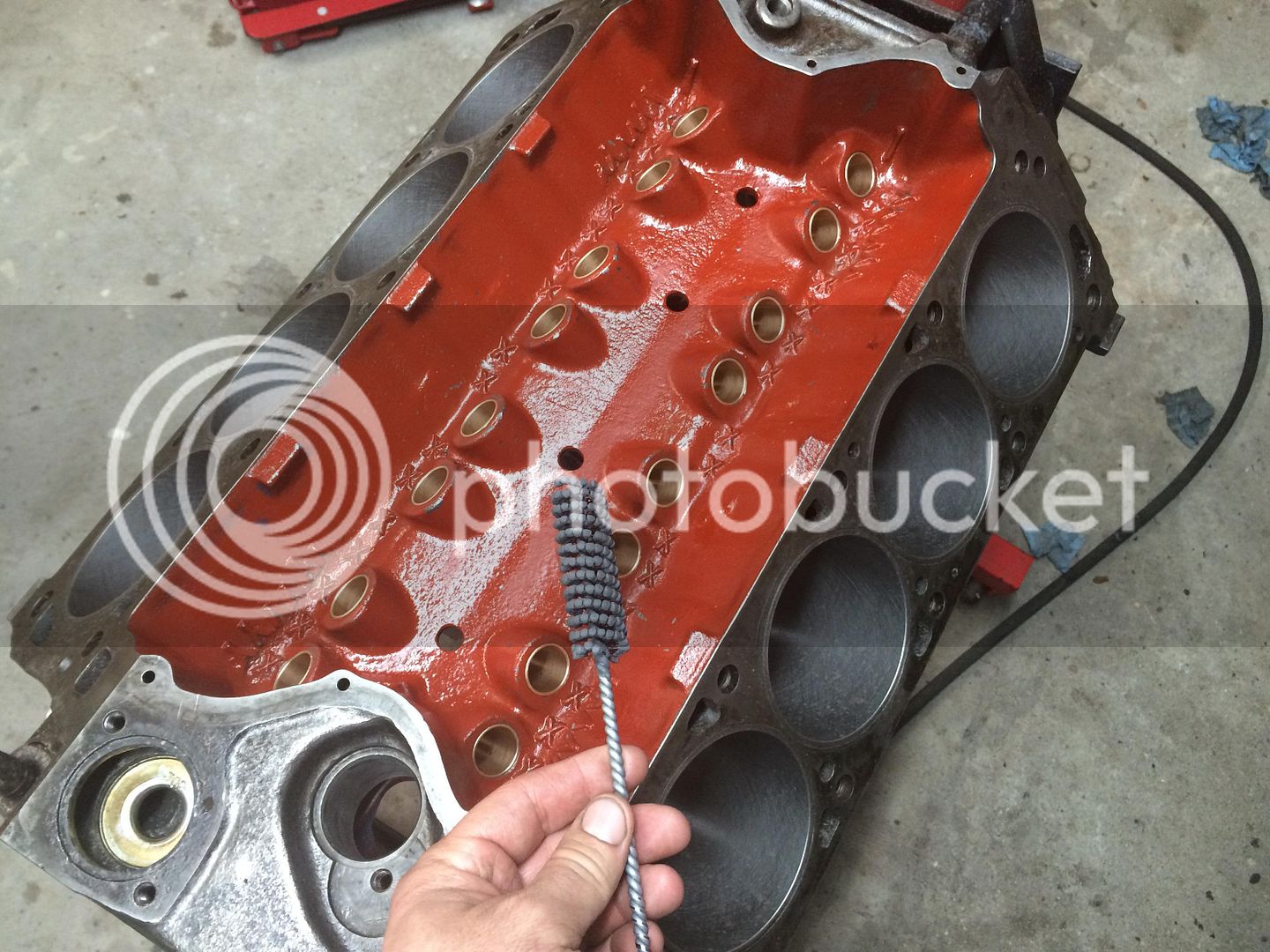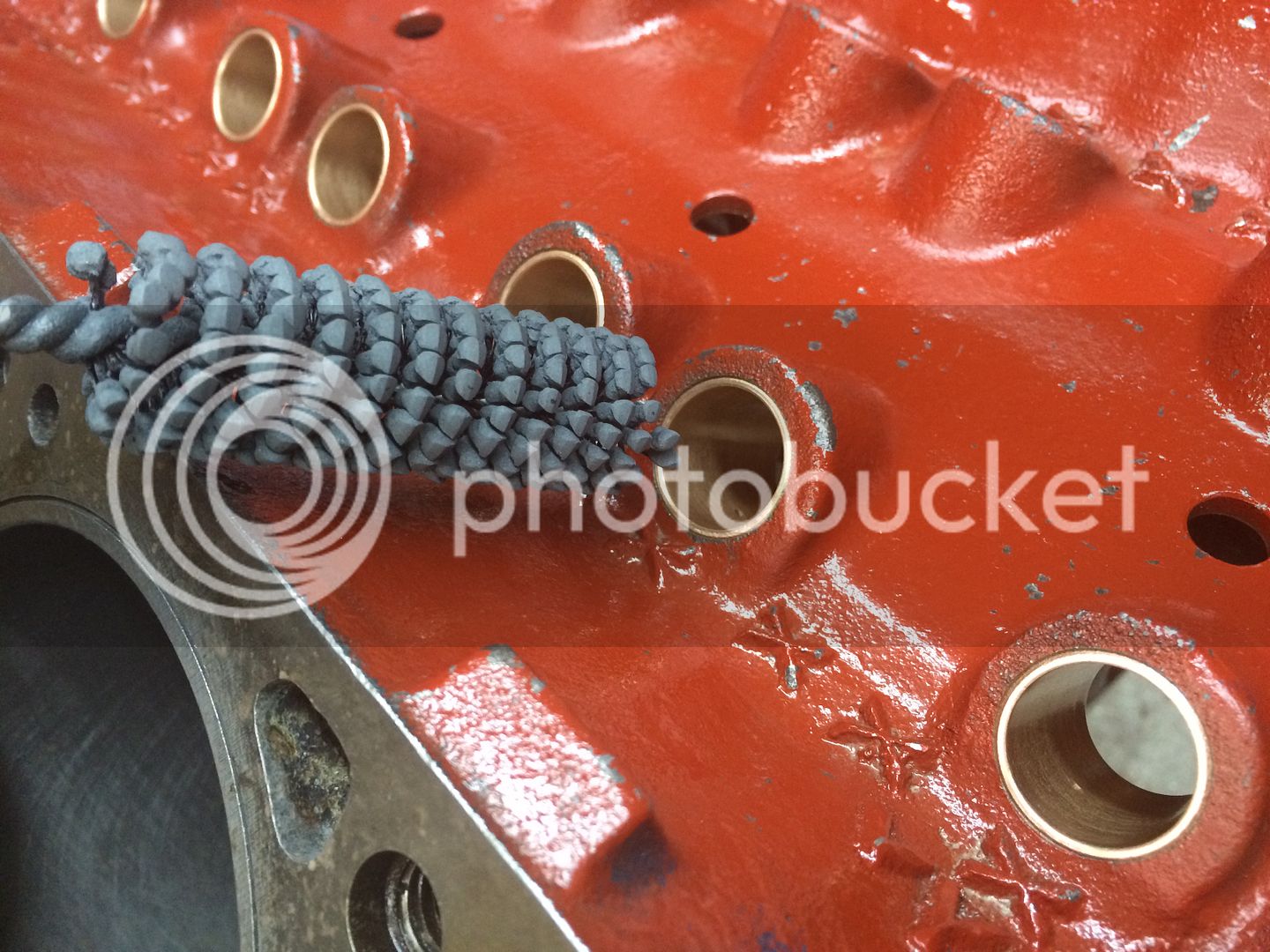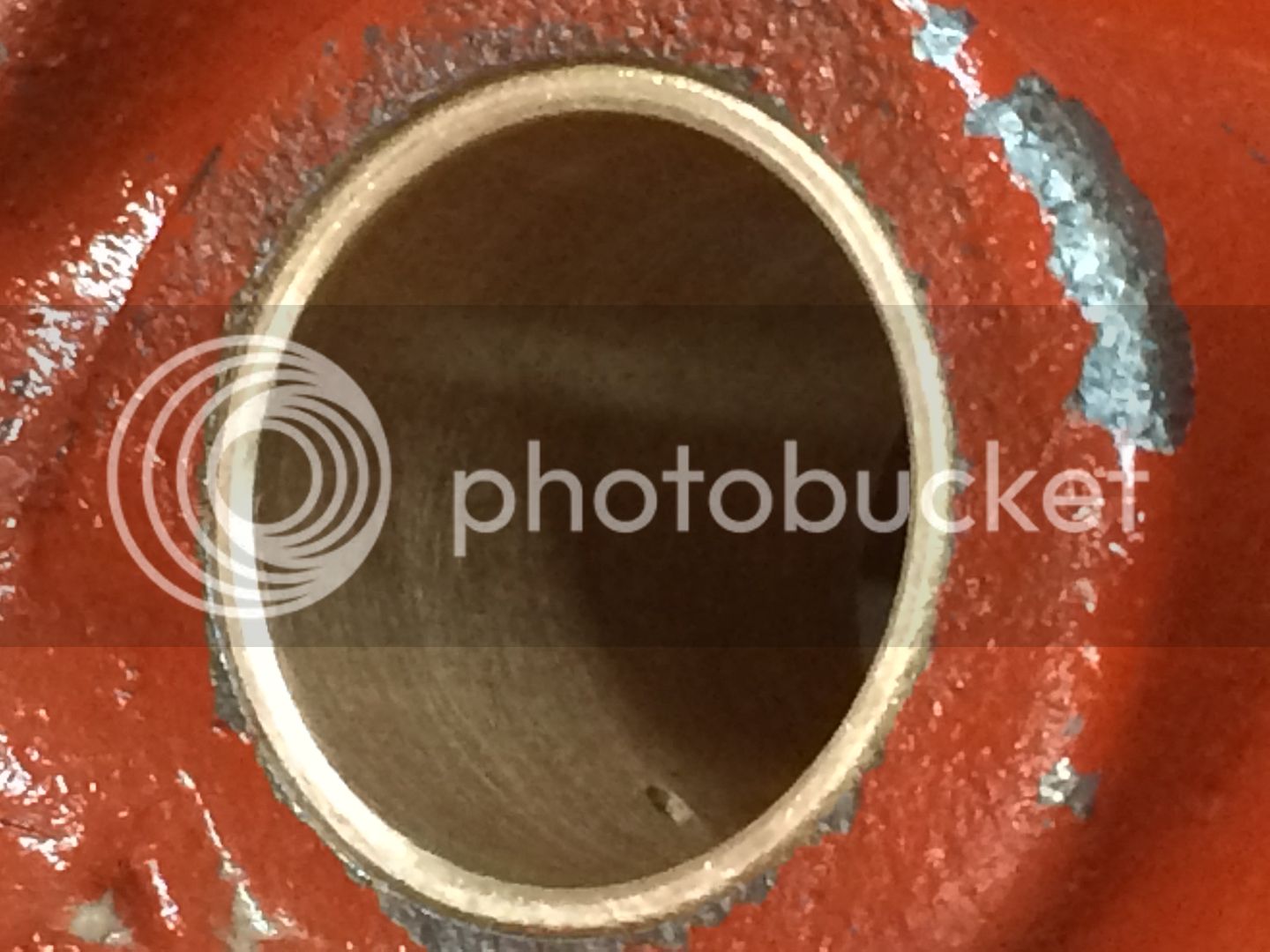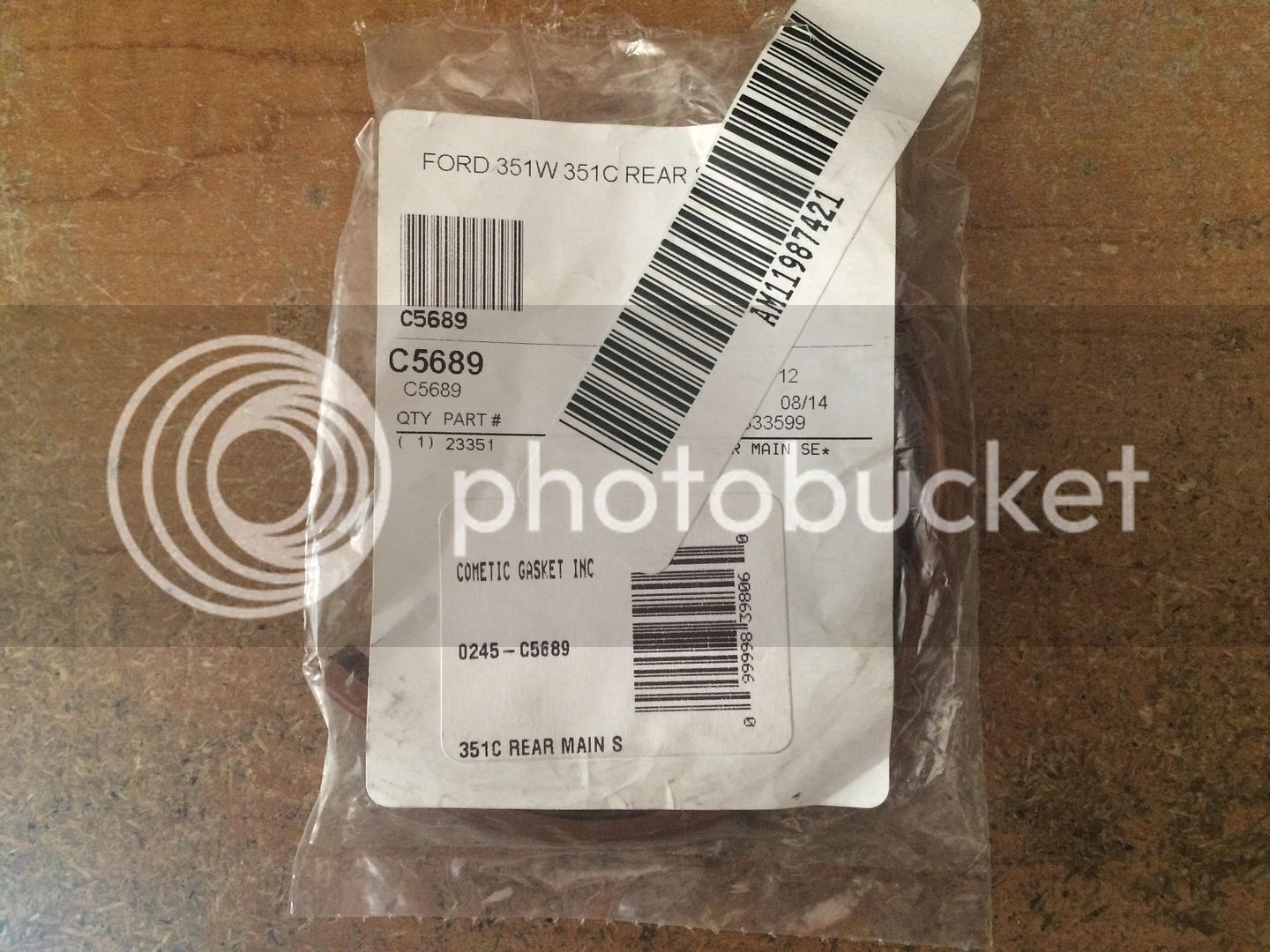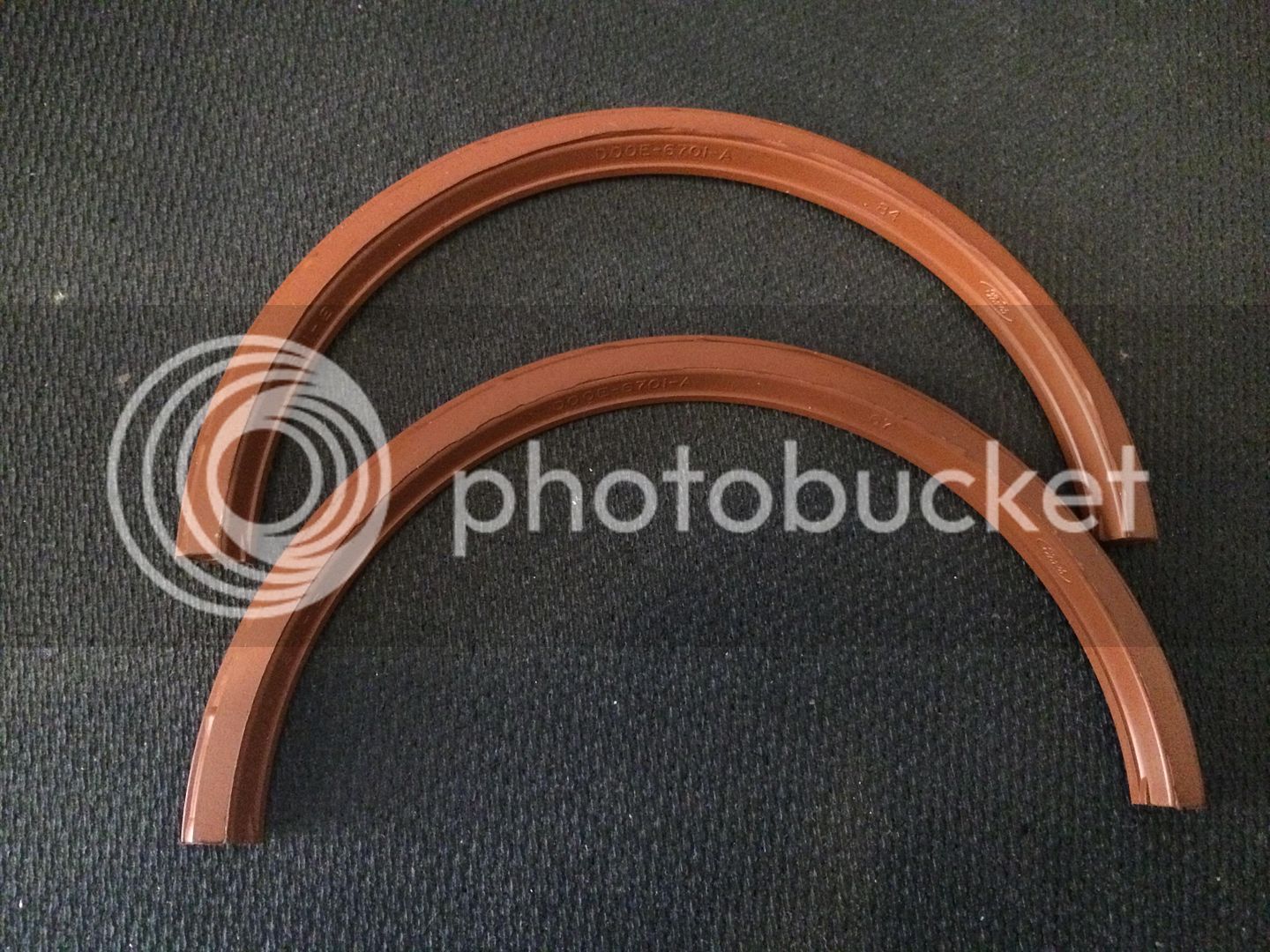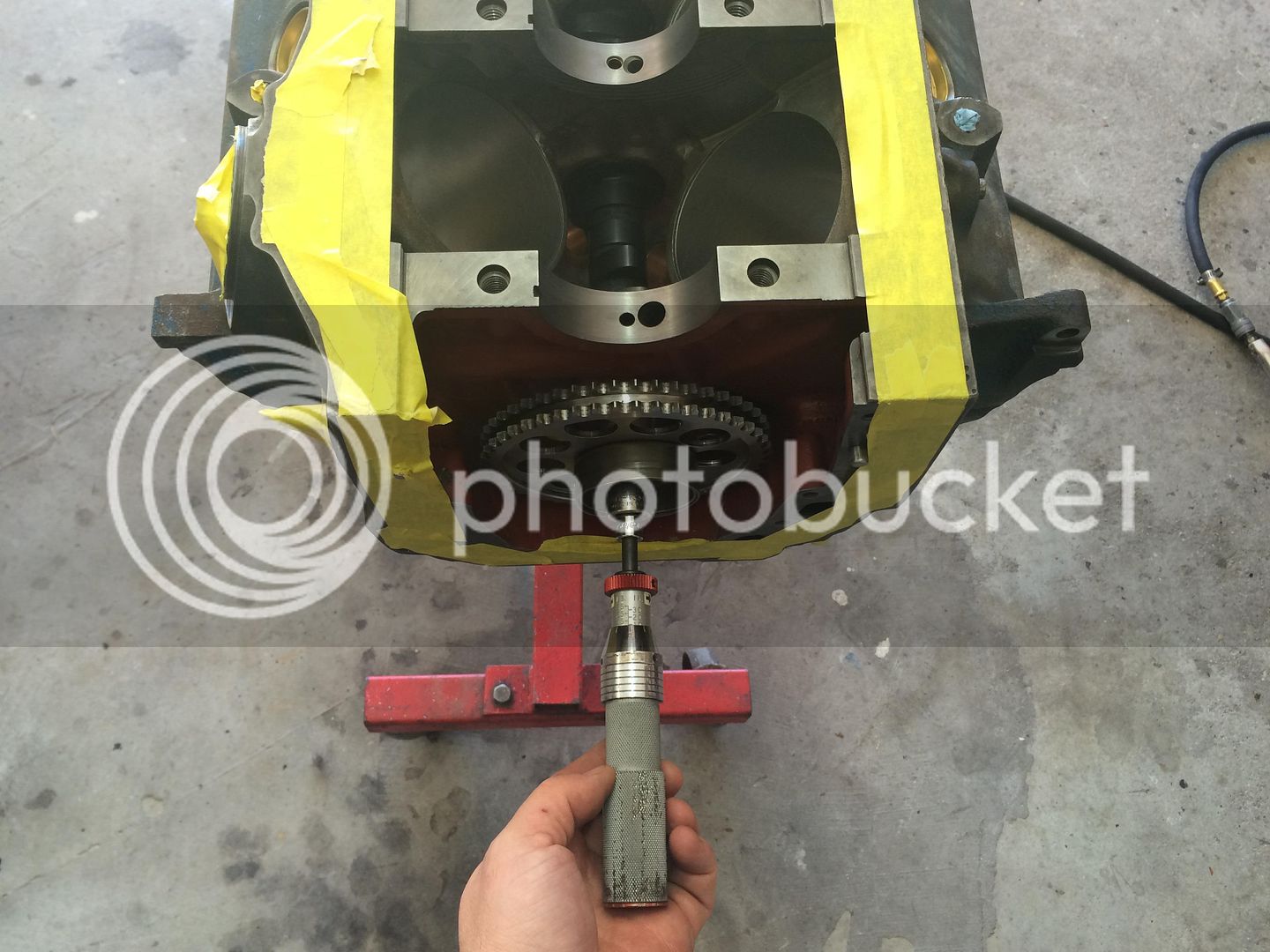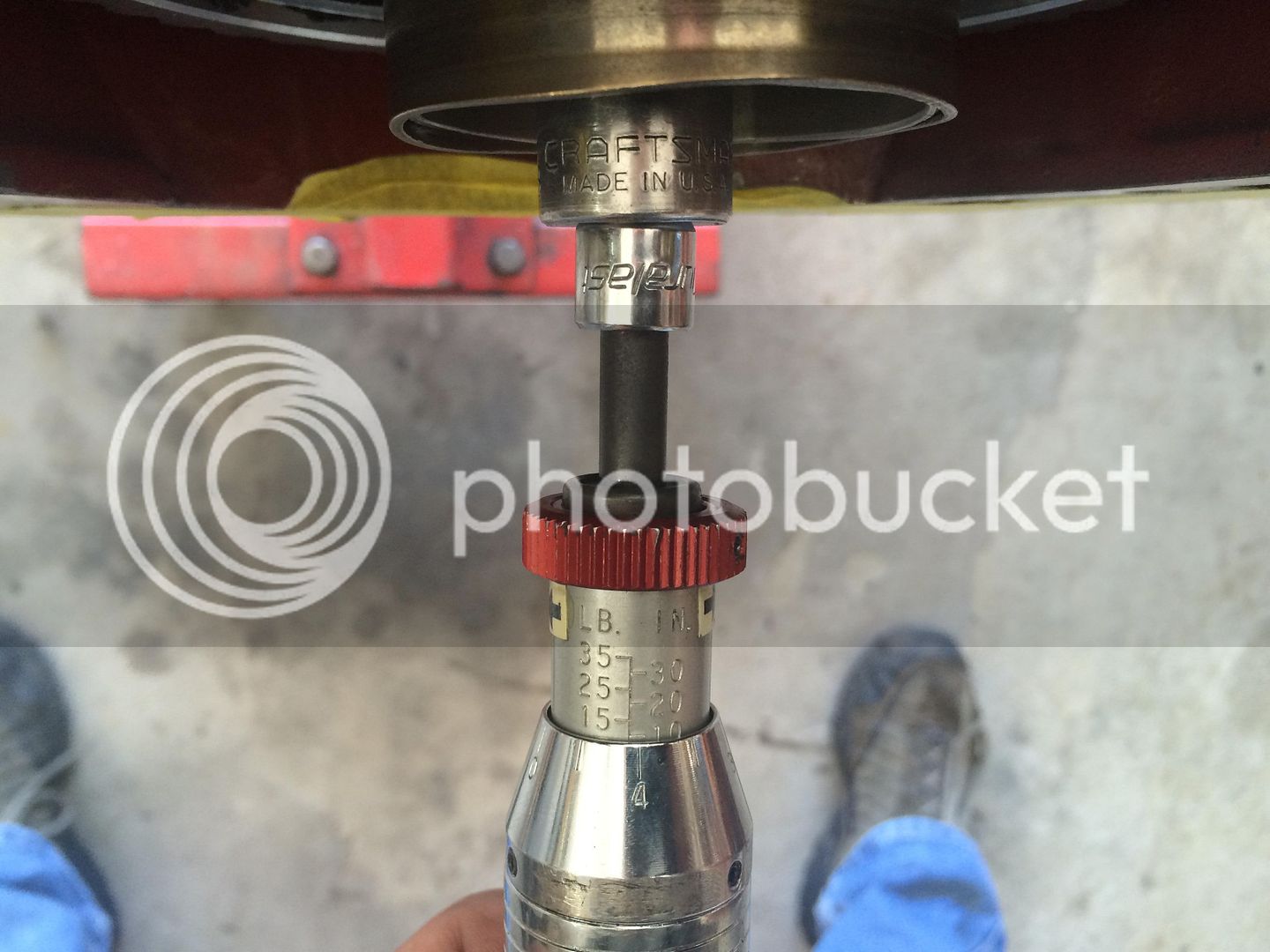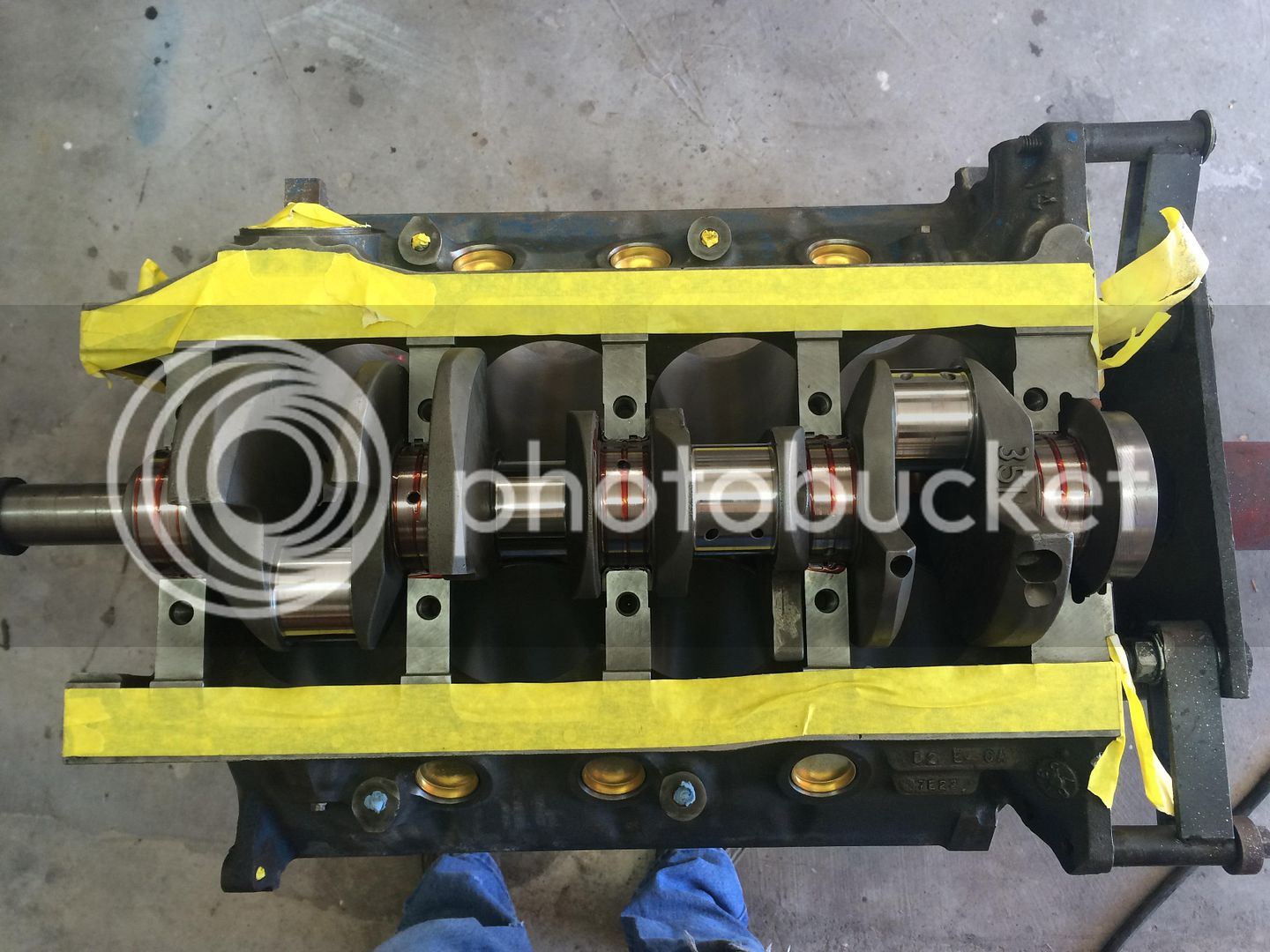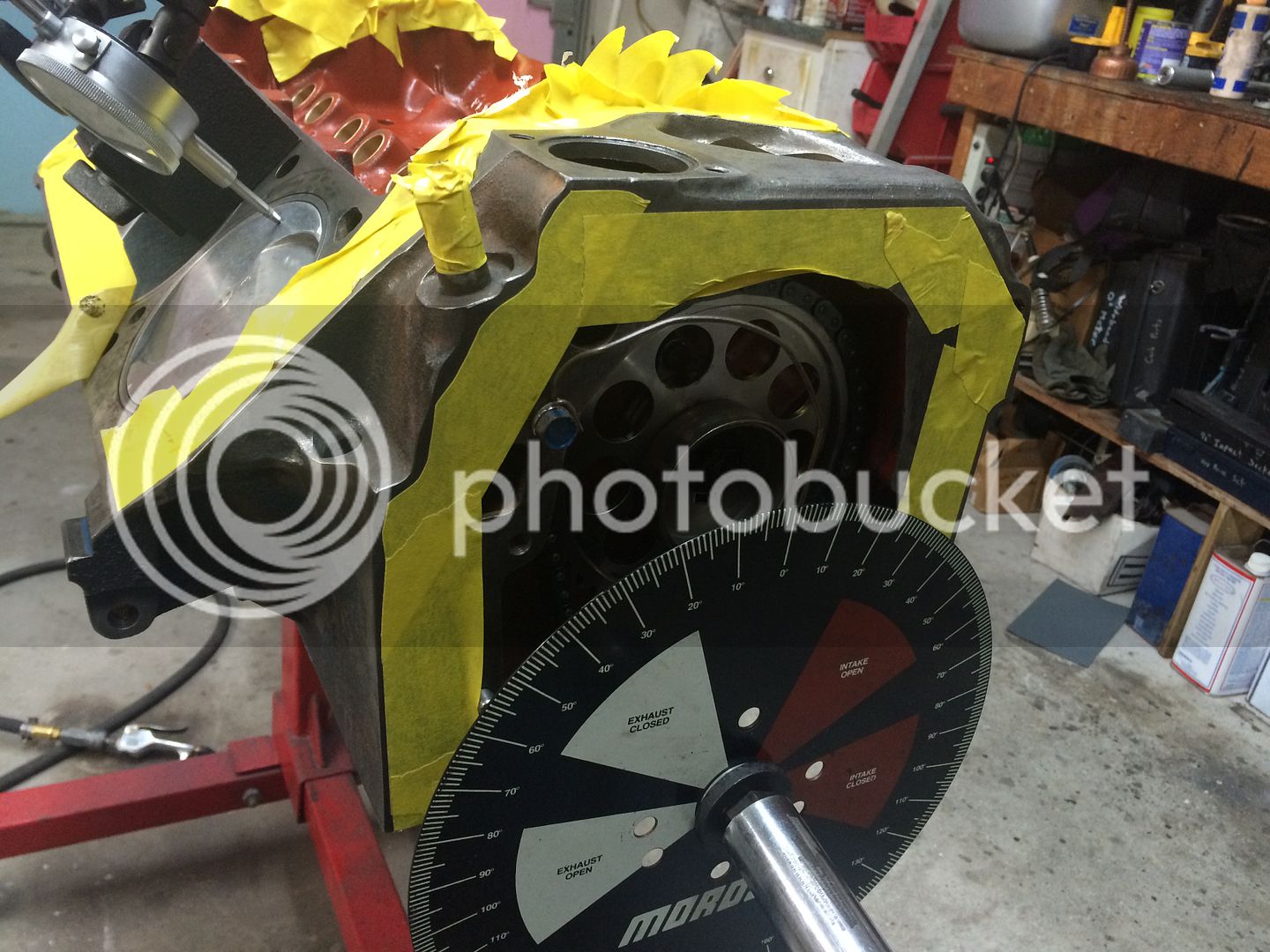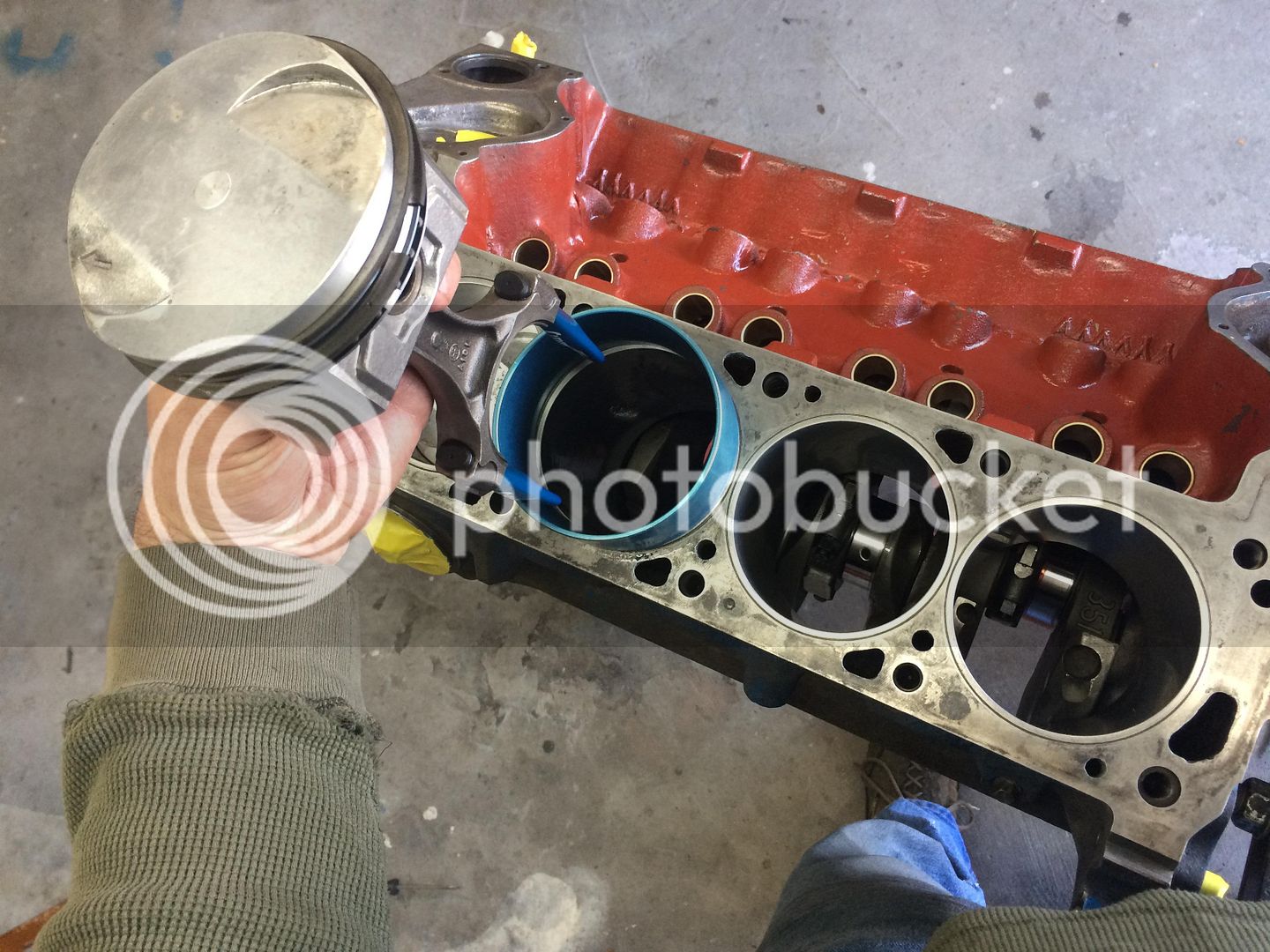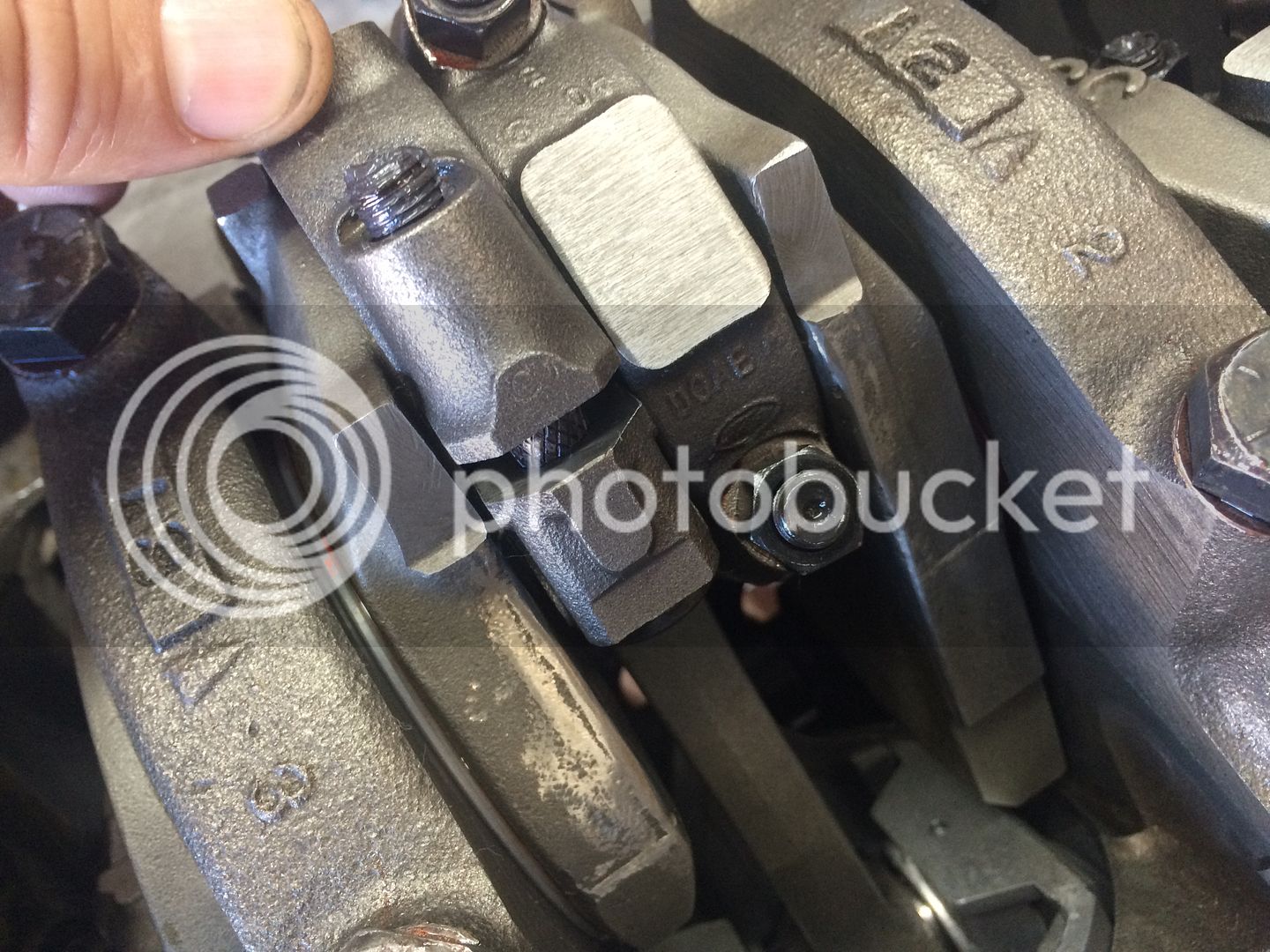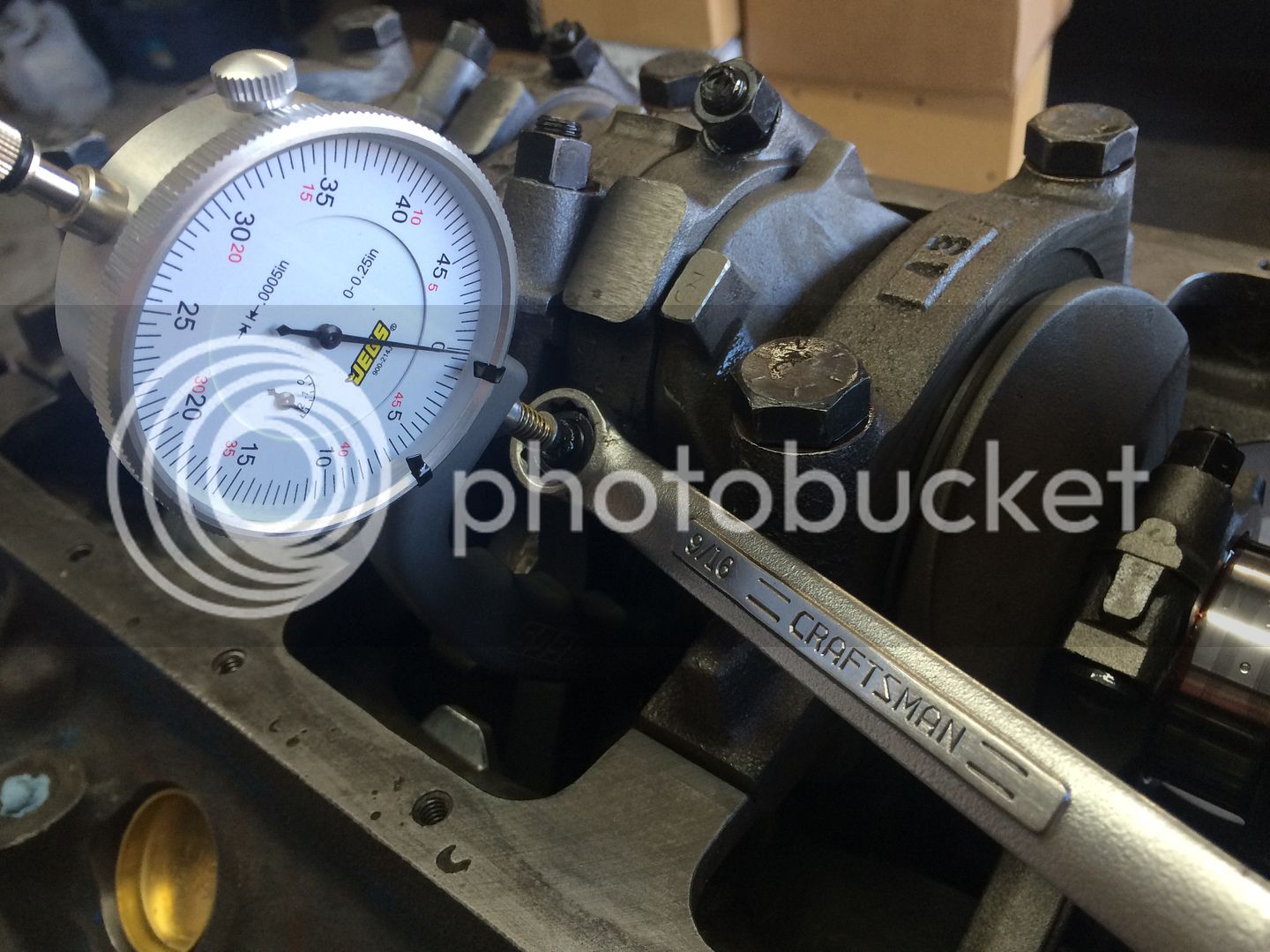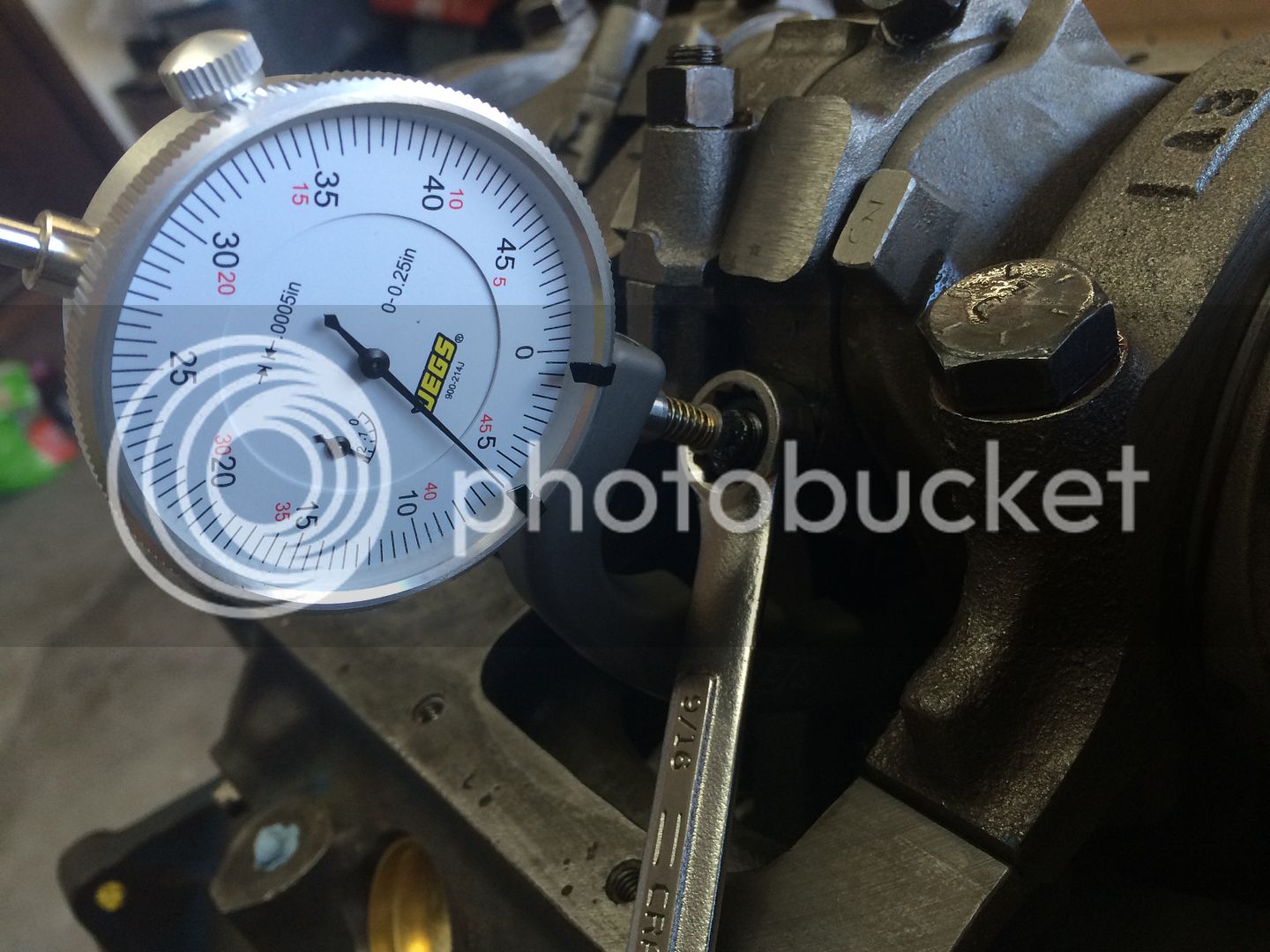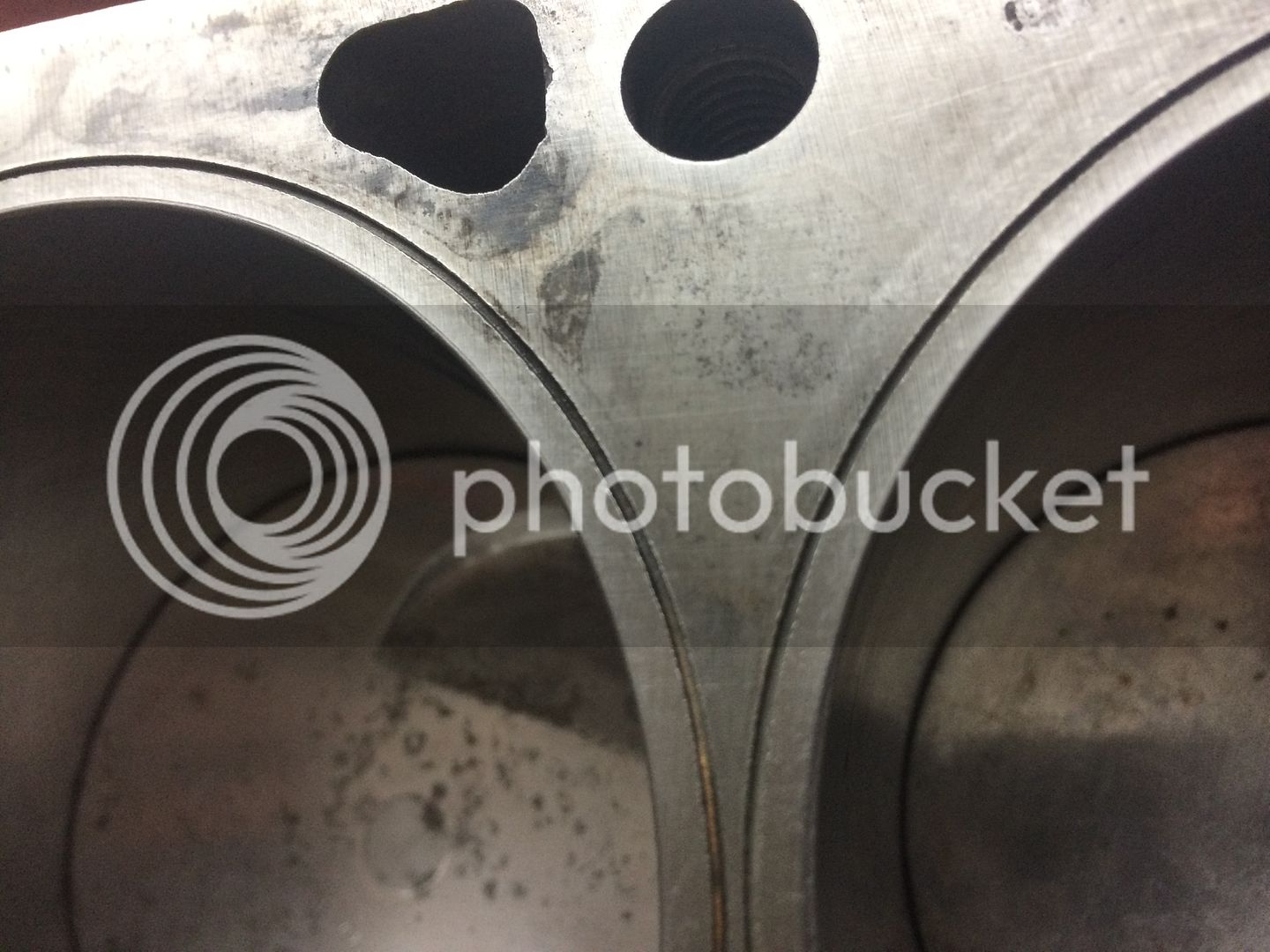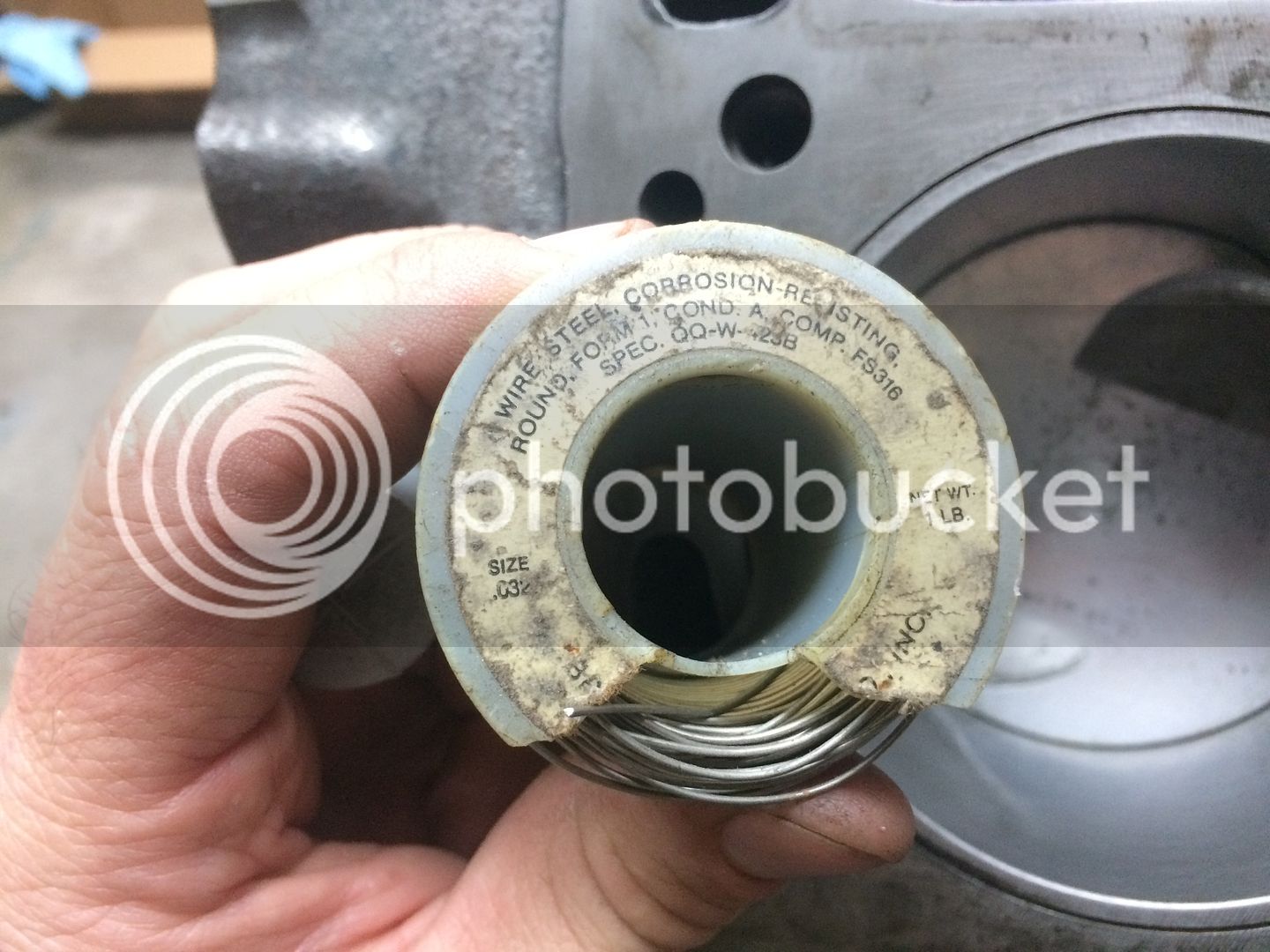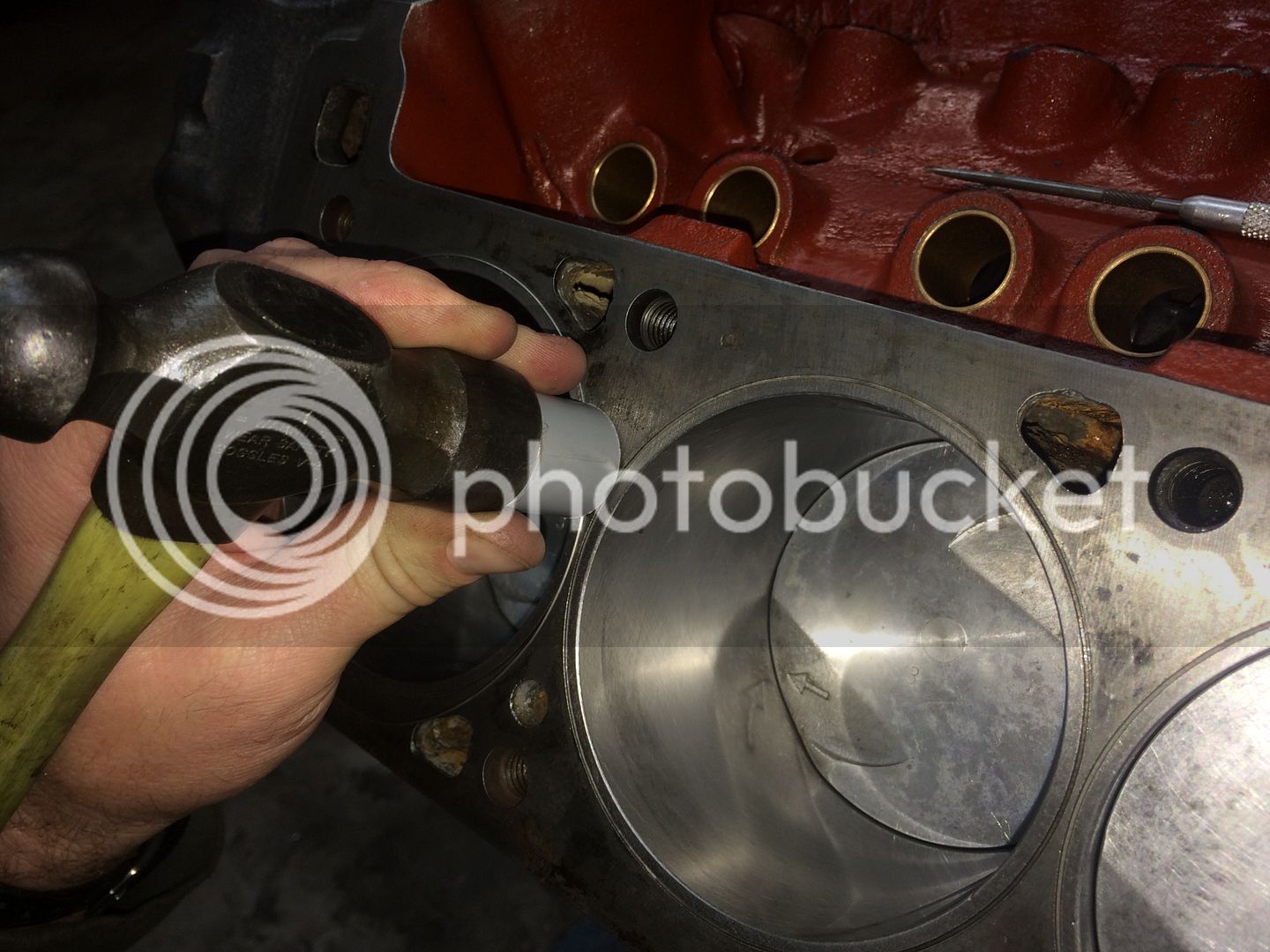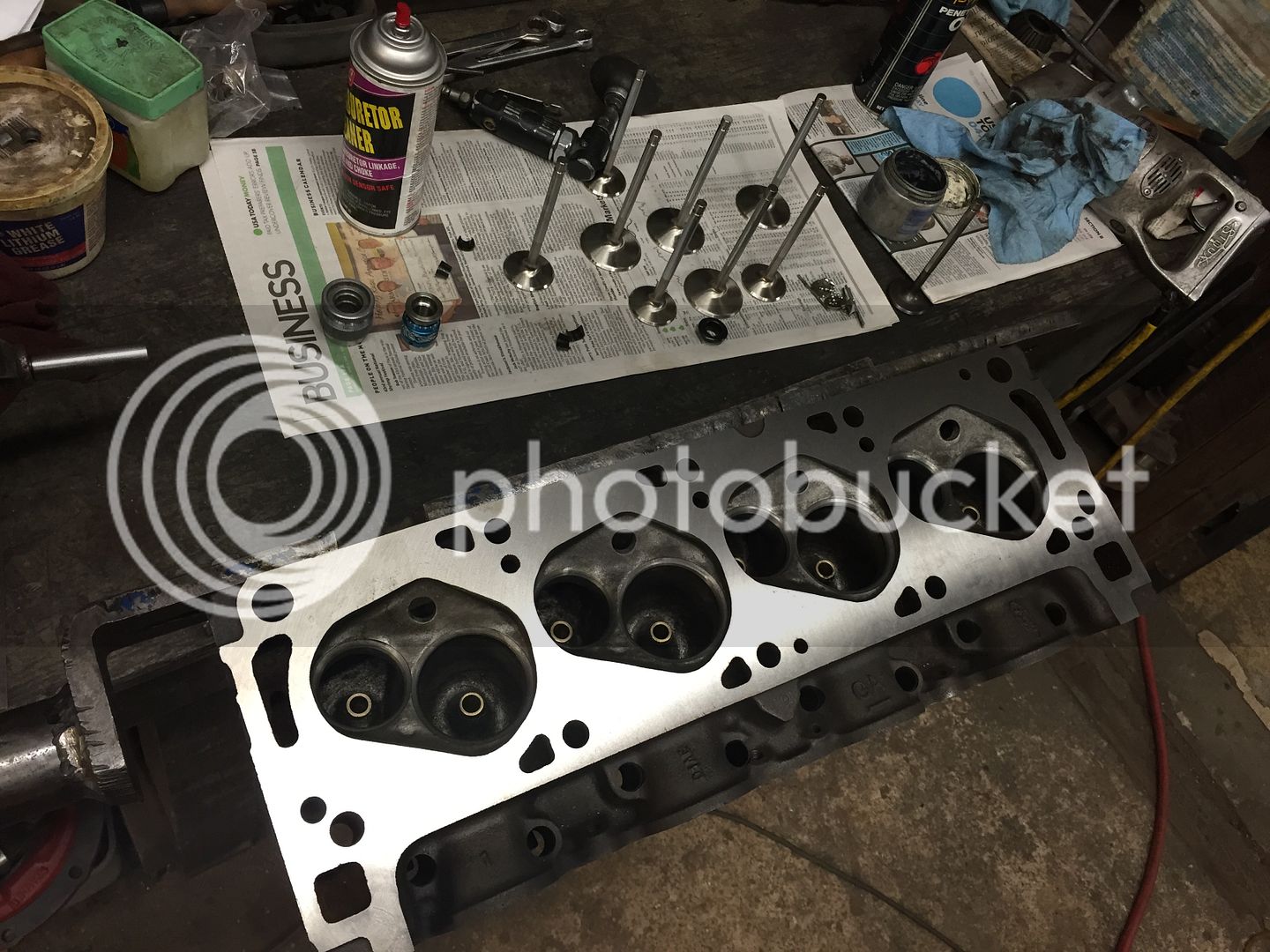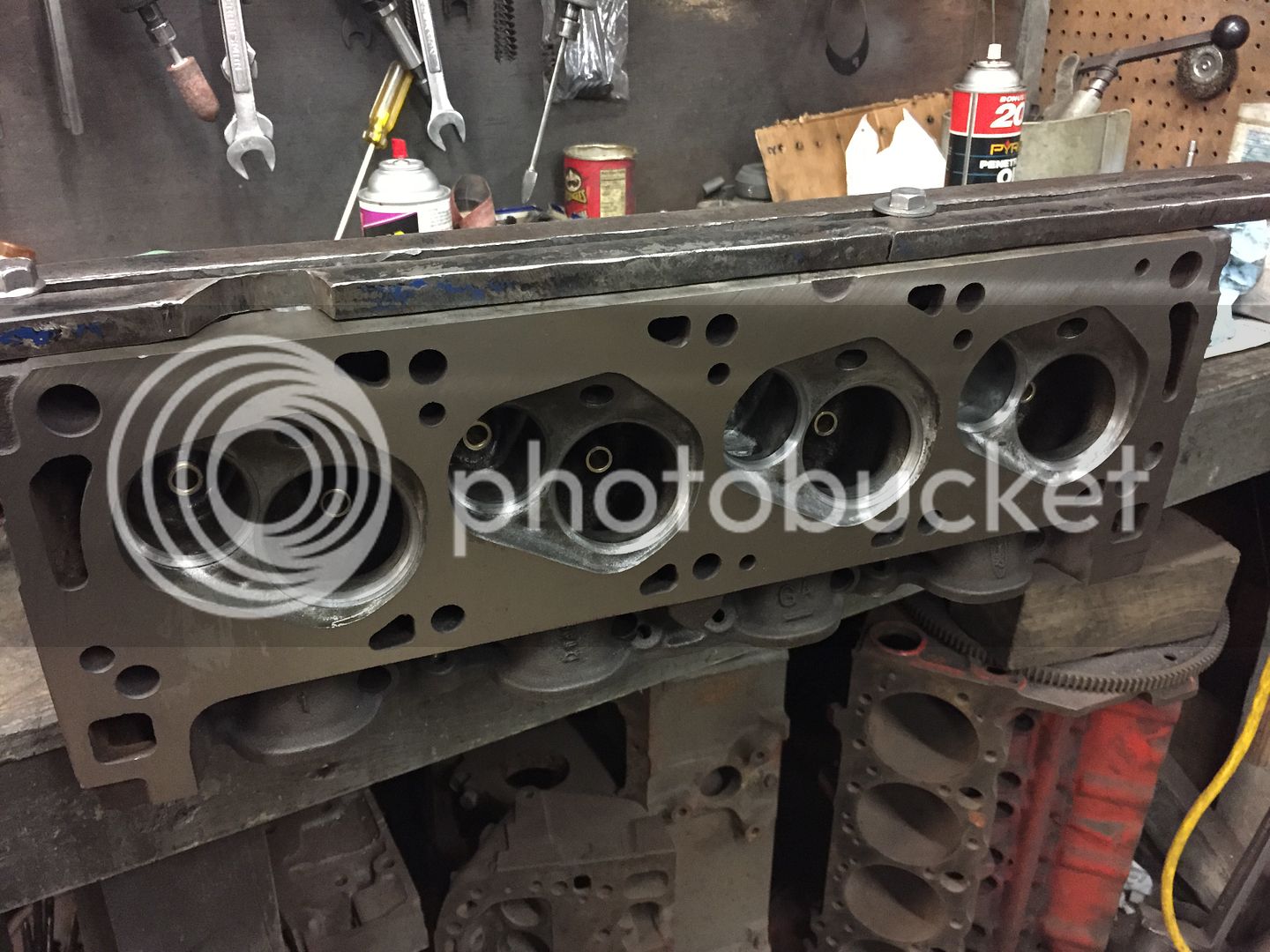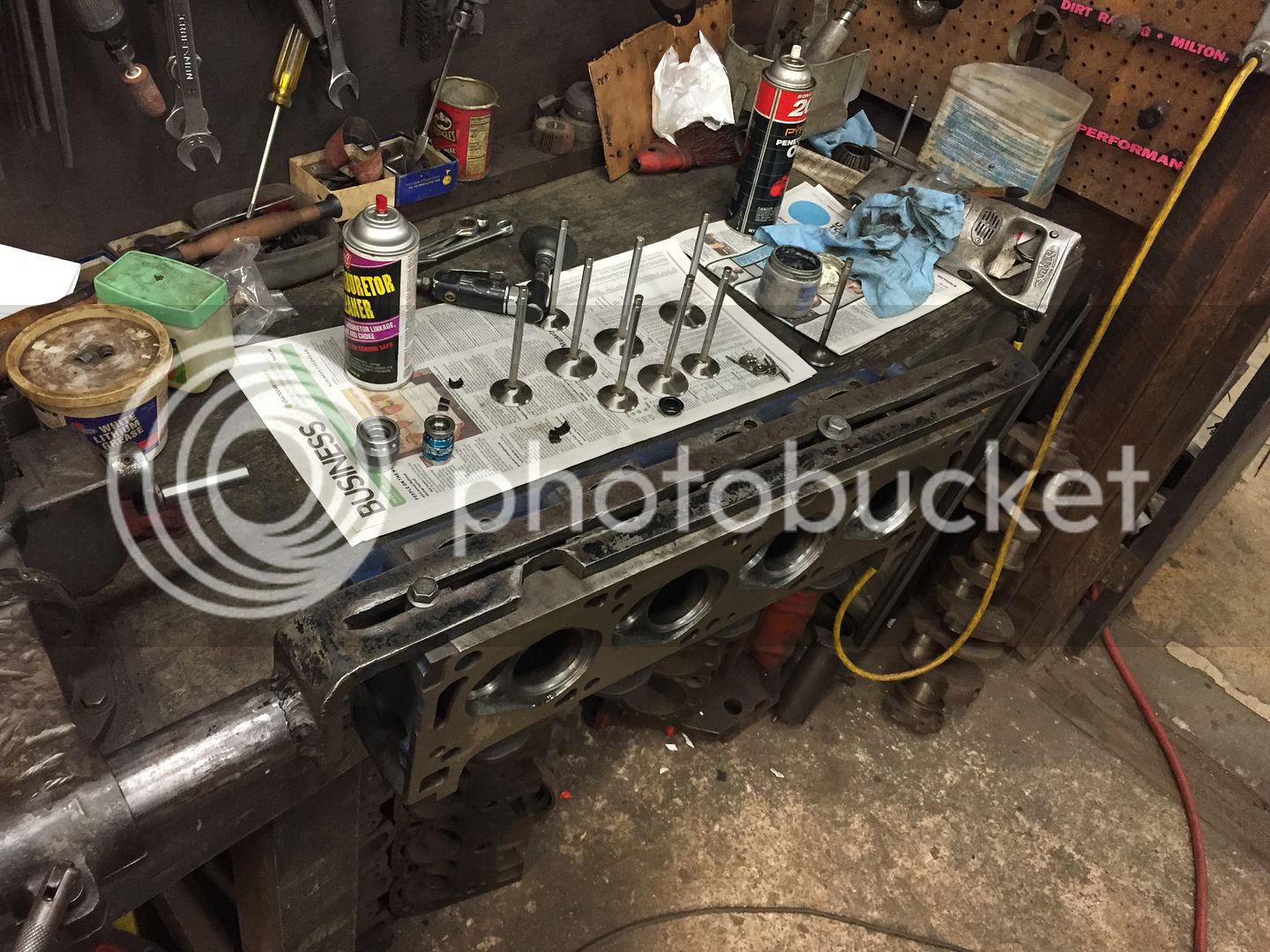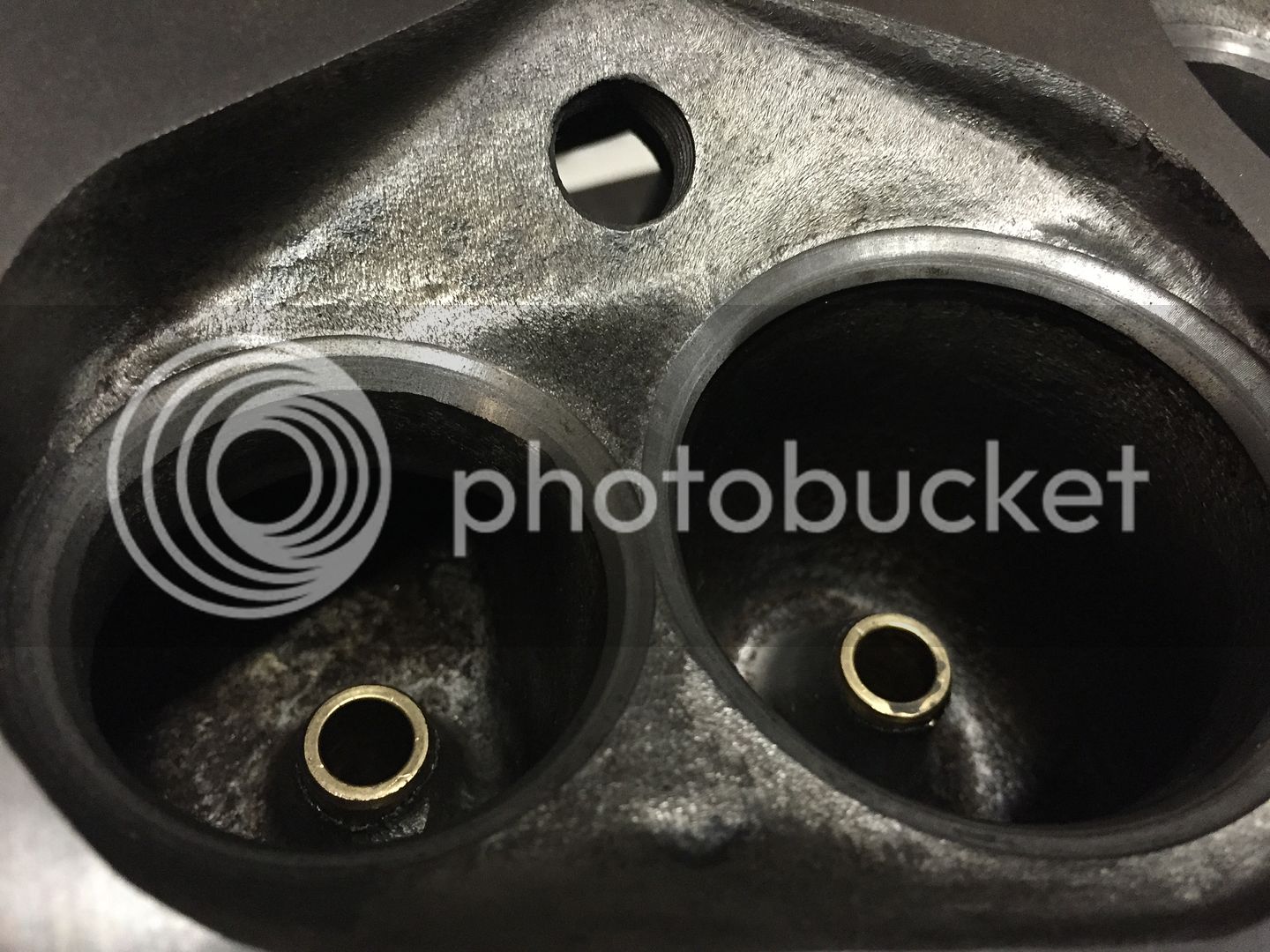4Vforever
Well-known member
- Joined
- Mar 30, 2014
- Messages
- 473
- Reaction score
- 13
- Location
- Australia
- My Car
- 1973 Q code, C6 auto, 3.25 traction lock,
gold glow, ginger interior, A/C, pwr/steer/windows/disc brakes, etc
Hi Barnett,
I h ad to go back through the post to see what everyone was on about.You are absolutely correct in the casting dates, I think he was using the engine number for a reference to come up with what vehicle the engine was out of. As for his comment about the 351 crankshafts, well he is a bit off there. Ford Australia started casting up their own cranks (both 302 and 351) as well as cylinder heads, conrods etc in early 1972. Ford Australia only had rough cast blocks sent over from late 71 and they started building all their own Cleveland engines from then on, with the exception of the 4V engines, they were still fully imported and only "M" code type engines. They ran out of imported 2V engines around mid 72, after that the Australian built 302 and 351 2V engines went into all Australian built vehicles. Hope that clears it up.
I h ad to go back through the post to see what everyone was on about.You are absolutely correct in the casting dates, I think he was using the engine number for a reference to come up with what vehicle the engine was out of. As for his comment about the 351 crankshafts, well he is a bit off there. Ford Australia started casting up their own cranks (both 302 and 351) as well as cylinder heads, conrods etc in early 1972. Ford Australia only had rough cast blocks sent over from late 71 and they started building all their own Cleveland engines from then on, with the exception of the 4V engines, they were still fully imported and only "M" code type engines. They ran out of imported 2V engines around mid 72, after that the Australian built 302 and 351 2V engines went into all Australian built vehicles. Hope that clears it up.





